A fractional CMO can help companies focus on specific areas of their operations, but success depends on strong cooperation and collaboration with the CIO.
Delivering excellent brand experiences is the Chief Marketing Officer’s (CMO) responsibility, but they are under tremendous pressure to drive profitable growth while managing more channels than ever. For businesses searching for immediate marketing leadership, this presents business complexities along with new opportunities.
Many businesses are focusing on their short-term performance in the current market and have established several growth targets and objectives that call for urgent planning and implementation.
Given the interdependence of marketing and IT, a positive working relationship between the CMO and CIO is essential.
A new CEO, mergers, acquisitions, and the departure of the previous CMO, are all examples of business transitions that may necessitate the hiring of fractional or interim CMOs.
Also Read: Five CMO Challenges No One Wants to Talk About
The CIO may or may not be actively involved if the fractional CMO is hired to focus on particular business components such as brand, general strategy, or other aspects with less IT involvement.
Since marketing and IT collaborate closely in the most successful companies, the CIO-CMO collaboration is crucial for ensuring strategic alignment and downstream work and for establishing the tone and culture of Marketing-IT collaboration and work styles.
Active Involvement of CIOs Needed
The interaction of technology and business is of importance to the CIO. The CIO may be quite involved if the fractional CMO is being hired to deal with operational problems like lead generation, depending on what marketing pillar the CIO is being hired to address.
This is due to the fact that this type of work strongly relies on technology and may have an impact on changes to the website, CRM, or even communication infrastructure of the company. The CIO may be less involved in the recruitment efforts if the fractional CMO is being brought in to address market positioning or messaging.
The CIO may be responsible for many of the outputs from marketing engagements, such as compliance issues, aside from the obvious infrastructure work needed to support marketing activities. These could result from security implications of new processes or tools, capturing customer data, or ensuring marketing has access to whatever customer data or prospect they require to run successful campaigns.
Also Read: Three Sales Metrics that CMOs can Use to Build Their Marketing Strategy
Implementing the Right Technology
A CIO’s role has evolved into a strategic partner and advisor to important business areas, including marketing. A CIO should participate in hiring discussions when a company is considering hiring a fractional CMO to verify that the necessary technology is in place to scale targeted customer communication. To lead the company toward innovation, a CIO must understand how their technical expertise will complement a CMO’s knowledge of the consumer experience.
A CIO should be able to rely on fractional CMOs to focus on the marketing execution because they can be busy multitasking across other team tasks. No matter how effective the plan, it won’t have an impact until it is carried out in the best way; therefore, the two must complement each other.
A CIO should be able to rely on a CMO who is focused on marketing strategies as they consider total digital transformation as they move into more of a strategic adviser role. To choose which of the emerging technologies will give their companies a competitive edge, a CIO must possess the necessary technical knowledge. This, in turn, will help a CMO decide which marketing strategies to use to reach out to both current and potential customers to increase sales and raise brand awareness.
The two executives can work together to ensure that the necessary technology and data are in place to scale tailored consumer experiences across all channels leveraging each other’s skills and strengths.
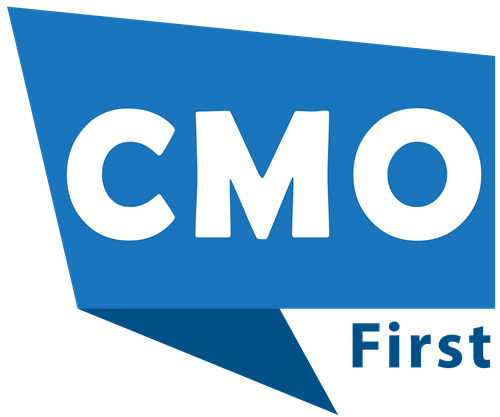








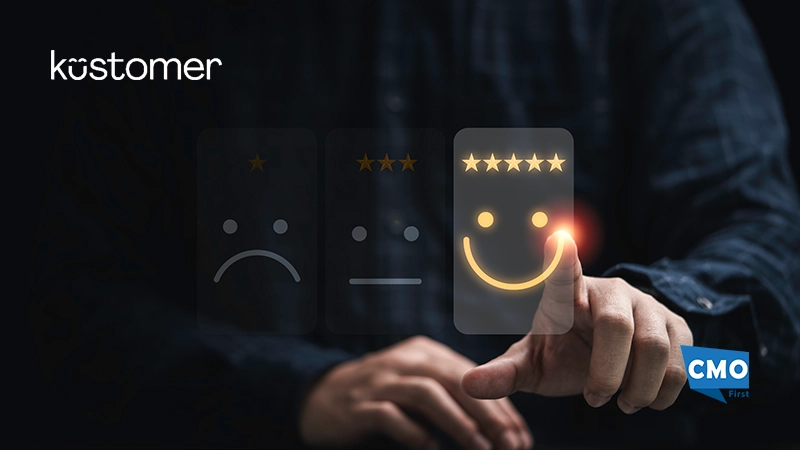

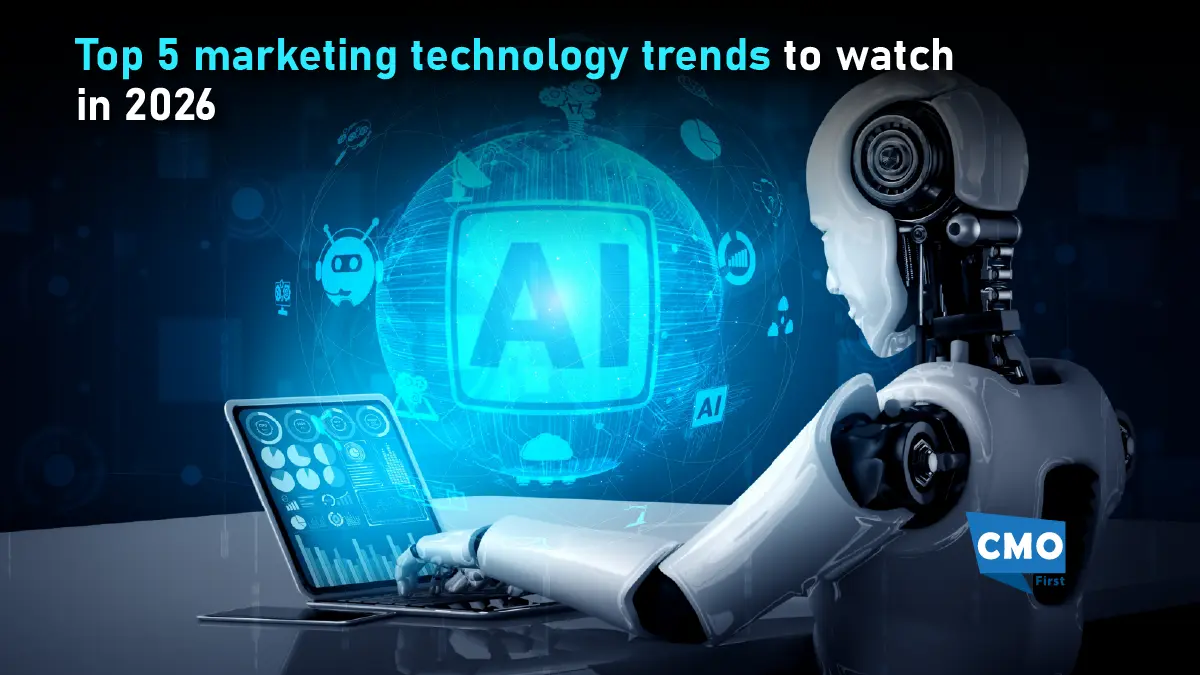
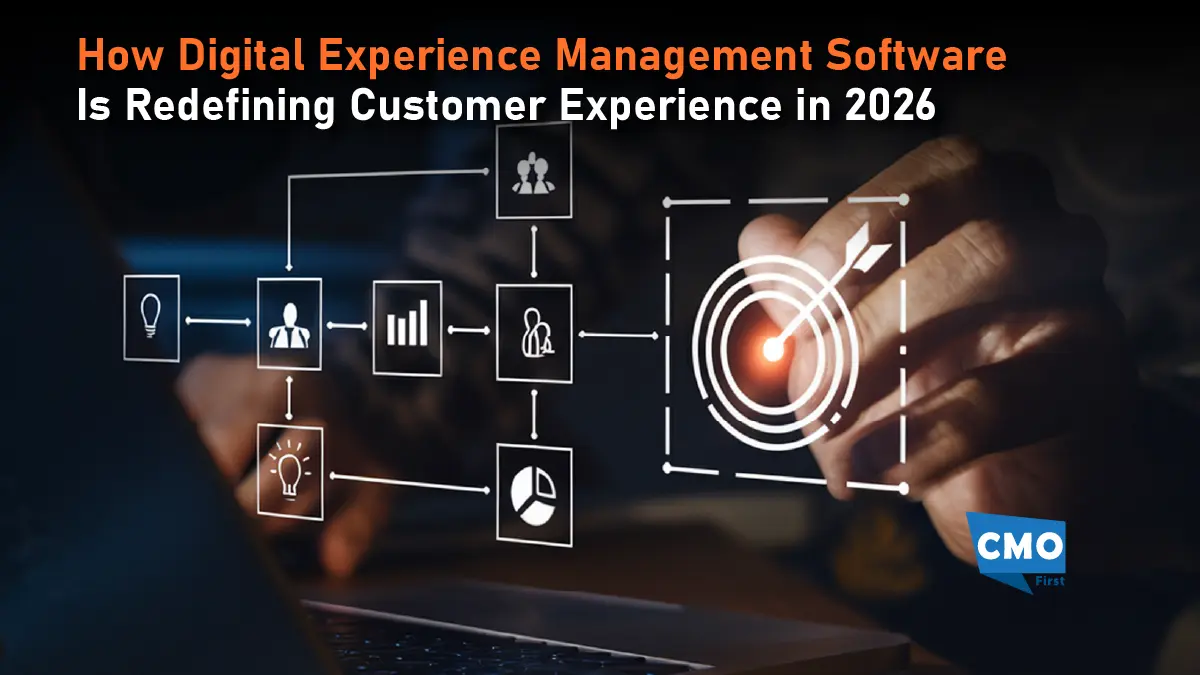




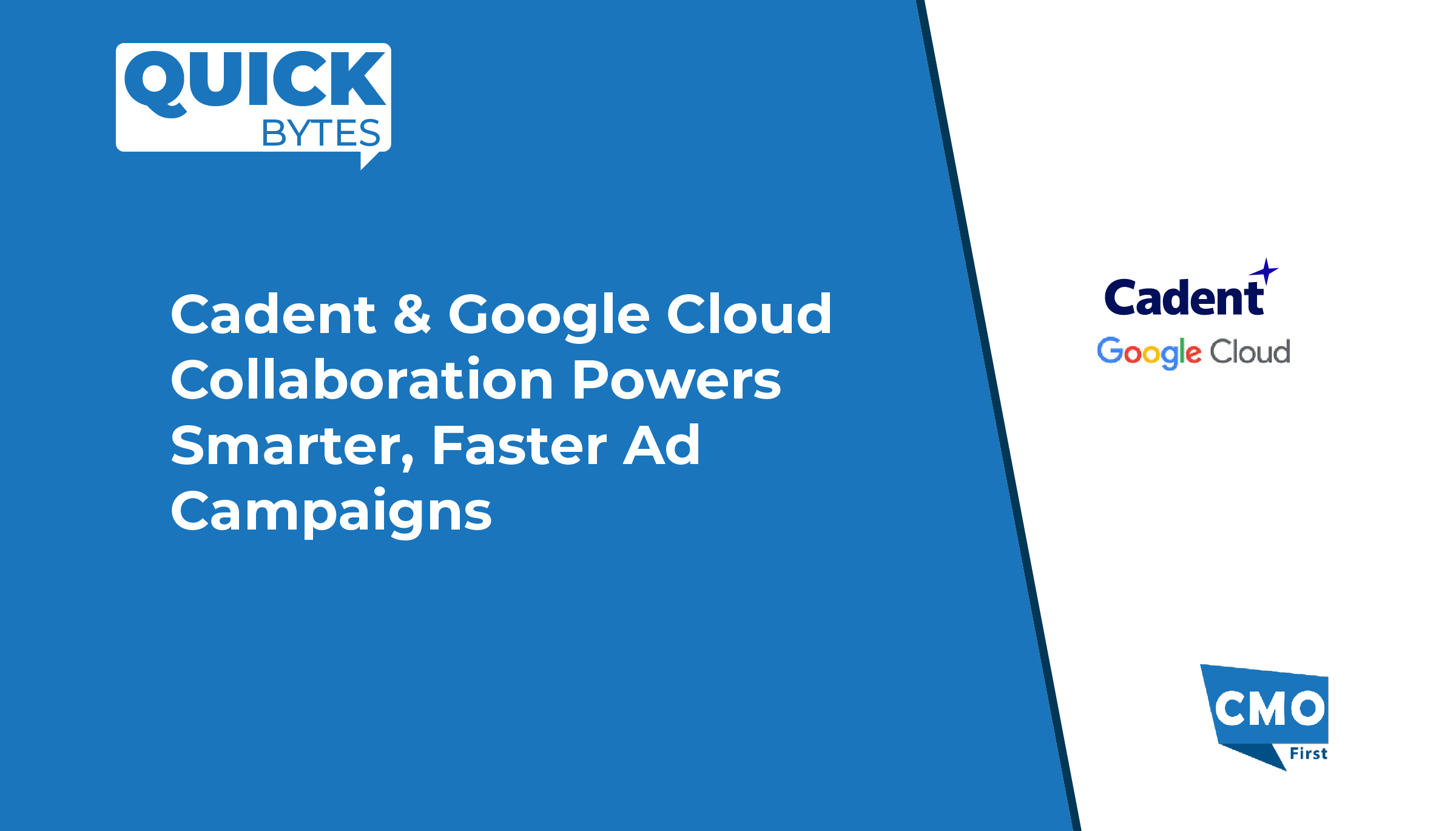





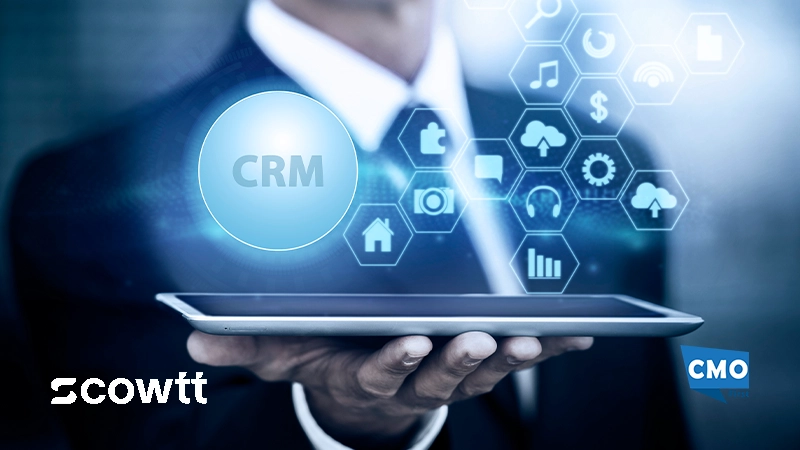

Leave a Reply